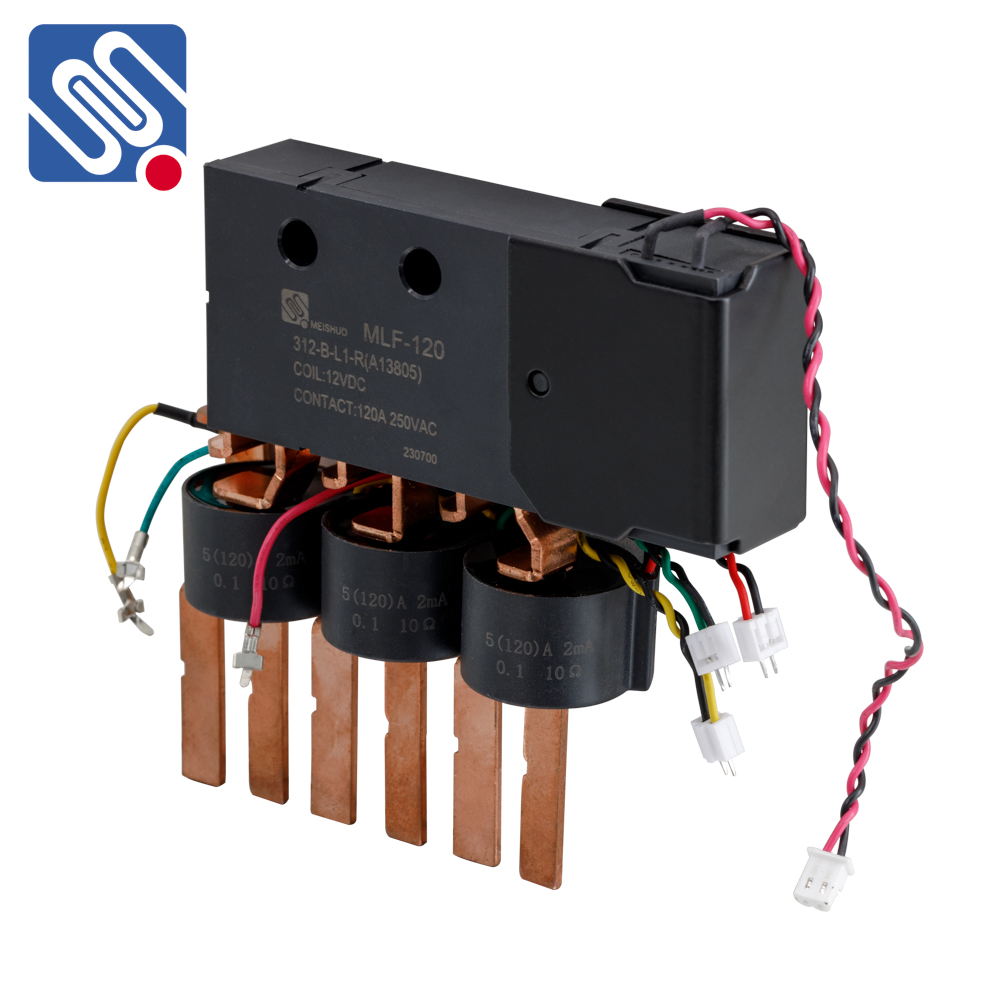Relay assembly is a critical aspect of electrical systems, particularly in applications where automation, control, and protection are essential. It involves the careful assembly of relay components, ensuring the proper functioning of circuits by enabling switches to operate with minimal power. In this article, we will delve into the importance of relay assembly, the components involved, and its applications across various industries.

What is a Relay? A relay is an electrically operated switch used to control circuits. Typically, relays are employed to isolate control circuits from high-power circuits, allowing for safe and efficient management of electrical signals. The basic components of a relay include a coil, contacts, and a spring mechanism that operates the switch when current flows through the coil. The relay operates on the principle of electromagnetic induction. When an electrical current passes through the coil, it generates a magnetic field that attracts or repels an armature, causing the contacts to either close or open. This mechanism allows a low-power signal to control the operation of a much higher-power circuit.